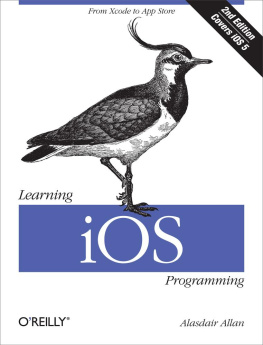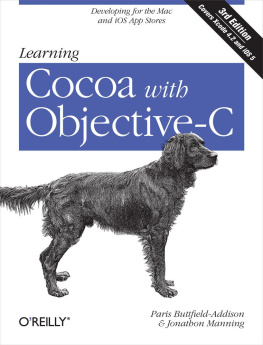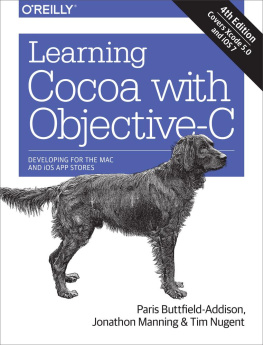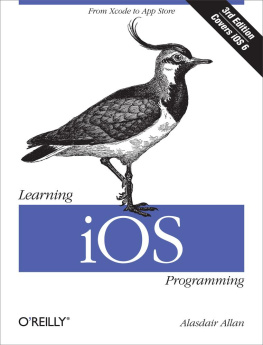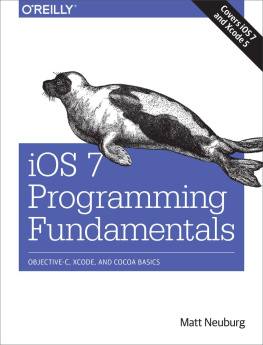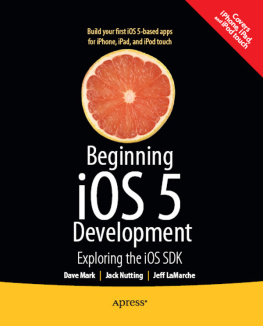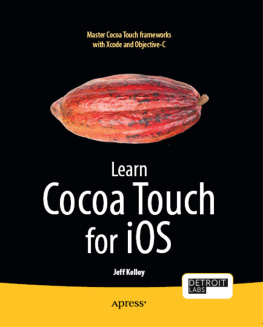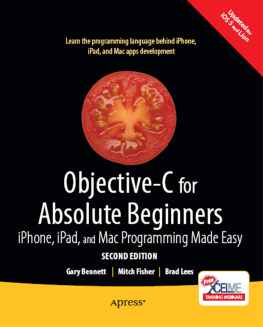Alasdair Allan - Learning iOS Programming: From Xcode to App Store
Here you can read online Alasdair Allan - Learning iOS Programming: From Xcode to App Store full text of the book (entire story) in english for free. Download pdf and epub, get meaning, cover and reviews about this ebook. year: 2012, publisher: OReilly Media, genre: Computer. Description of the work, (preface) as well as reviews are available. Best literature library LitArk.com created for fans of good reading and offers a wide selection of genres:
Romance novel
Science fiction
Adventure
Detective
Science
History
Home and family
Prose
Art
Politics
Computer
Non-fiction
Religion
Business
Children
Humor
Choose a favorite category and find really read worthwhile books. Enjoy immersion in the world of imagination, feel the emotions of the characters or learn something new for yourself, make an fascinating discovery.
- Book:Learning iOS Programming: From Xcode to App Store
- Author:
- Publisher:OReilly Media
- Genre:
- Year:2012
- Rating:5 / 5
- Favourites:Add to favourites
- Your mark:
Learning iOS Programming: From Xcode to App Store: summary, description and annotation
We offer to read an annotation, description, summary or preface (depends on what the author of the book "Learning iOS Programming: From Xcode to App Store" wrote himself). If you haven't found the necessary information about the book — write in the comments, we will try to find it.
Get a rapid introduction to iPhone, iPad, and iPod touch programming. With this easy-to-follow guide, youll learn the steps necessary for developing your first marketable iOS application, from opening Xcode to submitting your product to the App Store. Whether youre a developer new to Mac programming or an experienced Mac developer ready to tackle iOS, this is your book.
Youll learn about Objective-C and the core frameworks hands-on by writing iOS applications that use them, giving you the basic skills for building your own applications independently. Packed with code samples, this book is refreshed and updated for iOS 5 and Xcode 4.
- Discover the advantages of building native iOS apps
- Get started with Objective-C and the Cocoa Touch frameworks
- Dive deep into the table view classes for building user interfaces
- Handle data input, parse XML and JSON documents, and store data on SQLite
- Use iOS sensors, including the accelerometer, magnetometer, camera, and GPS
- Build apps that use the Core Location and MapKit frameworks
- Integrate Apples iCloud service into your applications
Alasdair Allan: author's other books
Who wrote Learning iOS Programming: From Xcode to App Store? Find out the surname, the name of the author of the book and a list of all author's works by series.

